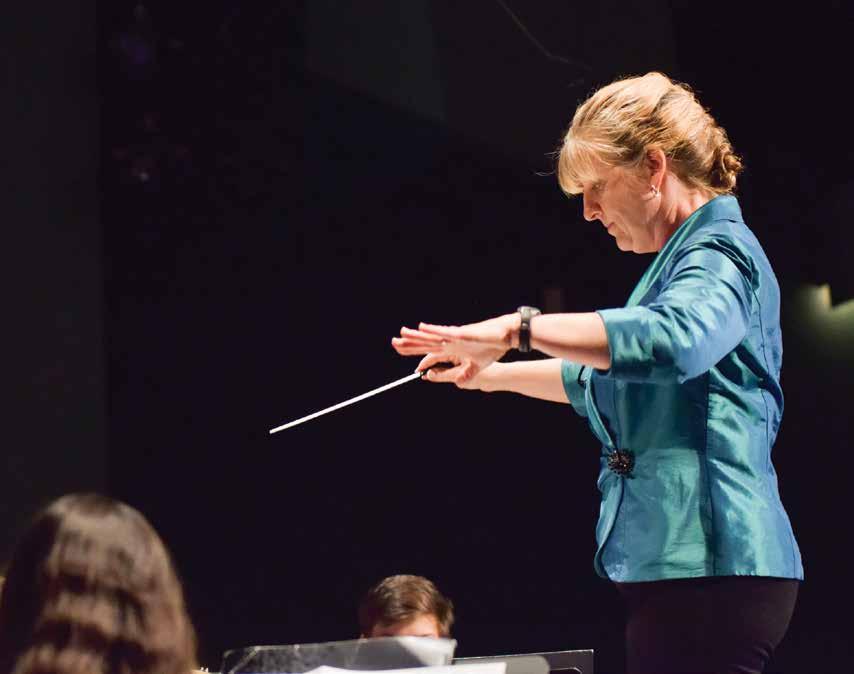Thinking Like a Scientist: Learning How to Process and Share Data
By Simon Keilty, eighth-grade science teacher and Green Team advisor; and Sarah Klingler, eighth-grade science teacher and Water Quality Club advisor
?
Is this household product a pollutant? How does that pollutant impact a living thing? How can I reduce my waste stream? How can I sustainably boost the yield of a food crop?
These are the kinds of queries our students make when they design and conduct science experiments that encourage them to ask questions and prove solutions to real environmental problems. To do this, students must first learn to identify and analyze data, then use that data to draw conclusions and make sense of what is happening in the world today. Teaching environmental science offers us the very real opportunity to develop these necessary next step skills in our students. 20
PERSPECTIVES
Preparing our students for this, we build on the science process skills and the love of science developed in the early days of Lower School, as well as the foundational skills of the scientific method developed in the early Middle School years. Middle School science teachers work collaboratively to ensure students are honing their CER (Claim, Evidence, Reasoning) skills into increasingly more complex data analysis and lab report writing. And to ensure students are fully ready for ninth grade,
“Country Day was a huge influence on me. The fact that I was prepared to do a job that I didn’t even know existed until I was finishing college says something for what Country Day taught me—even though I didn’t know it at the time.” —Neely Kaydos-Daniels ’91, Director, Influenza Program, Central America at Centers for Disease Control and Prevention











